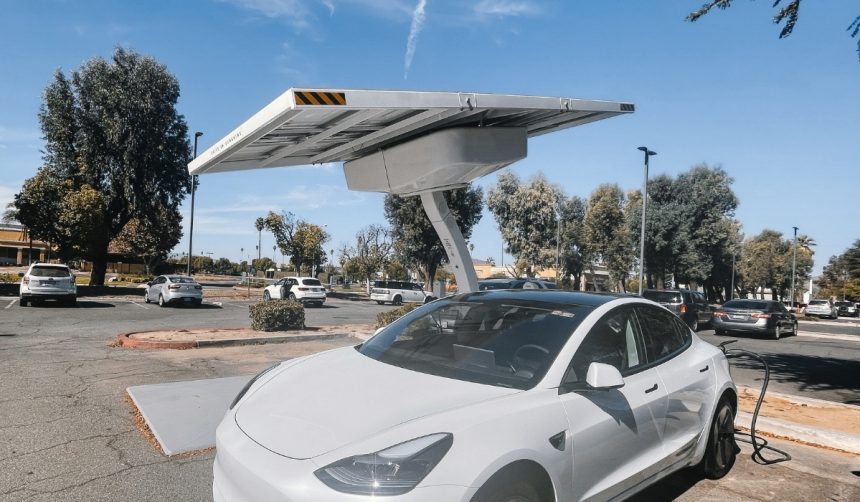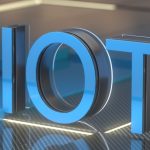Drivers and enthusiasts have been anticipating the latest step in autonomous driving technology, and Tesla’s announcement brings that closer to reality. The new rollout of Full Self-Driving (Supervised) V14.2 introduces notable advancements. For many Tesla owners, this could be an important moment as the company moves toward a broader distribution of its self-driving systems. Tesla’s ongoing software updates continue to attract attention as they blend incremental improvements with user feedback, making each release a test case for automated mobility’s practical reach. This approach provokes ongoing interest from regulators and competitors alike as the market for intelligent driving systems grows more crowded.
When similar updates appeared before, they focused primarily on isolated improvements—incremental boosts to vision or route-handling, for example. However, criticism emerged regarding inconsistent performance, particularly with emergency vehicle recognition or unprotected turns. Owners sometimes expressed frustration over erratic braking or indecisive lane moves. The rollout of V14.2 appears to address many of these points, aiming for a more consistent and responsive experience. This suggests that Tesla is actively refining its neural networks, learning from both its own and rival attempts in autonomous features. In the broader market, moves by companies such as Waymo and Cruise hint at the competitive pace in this technology sector.
What new features define FSD V14.2?
Tesla’s FSD (Supervised) V14.2 comes equipped with a high-resolution vision encoder, designed to help the system interpret detailed environmental features more effectively. Harmonic updates to emergency-vehicle protocols now allow vehicles to respond reliably to police, fire, and ambulance vehicles with controlled pull-overs and yielding behaviors. The Self-Driving software also enhances its real-time routing capabilities when detours or road obstructions occur, aiming to deliver a smoother, more natural interaction with dynamic road conditions.
How does FSD V14.2 handle complex driving scenarios?
Several critical driving situations, such as unprotected turns, lane changes, and sudden vehicle cut-ins, have been specifically targeted in the update. By integrating navigation and vision data more deeply, the software strives to improve safety and driver comfort in uncertain or rapidly evolving situations. Tesla’s ambition is to create a driving style that mirrors a confident, careful human driver. The interaction with school buses highlights the depth of scenario testing incorporated in this release.
What are the expectations from leadership and users?
Elon Musk has indicated that “widespread use” would occur with the release of V14.2, raising expectations among Tesla owners for an expanded rollout. Many users have given positive feedback, suggesting that the system is performing as well as or better than the average driver. In Musk’s words,
“14.2 for widespread use.”
Tesla has stated,
“Improvements include better detection of emergency vehicles and refined driving in complex environments.”
Owners operating Tesla’s HW3-based fleet remain curious if and when they will benefit from the new enhancements.
Tesla’s continued focus on incremental improvement through software releases demonstrates a practical path toward maturing self-driving features. Each update addresses both feedback and shortcomings from previous versions, moving stepwise toward a more robust product. For prospective buyers and current owners, regular, meaningful improvements to existing vehicles expand the product’s value. Those following the sector should keep in mind that the rollout’s success often depends not just on technical merit, but also on reactions from regulators and the public, especially regarding claims of full autonomy. As other companies and regions advance their own autonomous vehicle offerings, the competitive stakes for reliability and trustworthiness remain high.










